Up North
The lion stood no more than twenty yards from the car. Pardon the expression, but the massive male West African lion froze in the middle of the trail and stared like a deer in the headlights. It crept into the bushes as we approached, quickly creating space between it and us until it stopped, assessed us, and relaxed. We watched it for several minutes until it sauntered away. It was then we spotted two other lions further down the trail. For about a half an hour we rolled the car back and forth along the trail to catch better glimpses of these rare West African lions. They prowled through the bushes, laid around, and even chased each other, much to the delight of us smartphone-wielding Volunteers. It hadn’t occurred to me how dangerous such a large, strong, and ferocious cat could be until it came within 15 yards of our vehicle. Then I was happy to be behind metal bars in a big, scary thing called the automobile.
I was on a three-day safari with five other Volunteers in Pendjari National Park. It covers 1,064 square-miles in the very northwest of Benin along the border with Burkina Faso. The park is grassy savannah dotted with acacia and baobab trees and home to dozens of bird species, several species of antelope, warthogs, mongoose, baboons, patas monkeys, hippos, crocodiles, buffaloes, lions, leopards, cheetahs, and elephants (my personal favorite). Pendjari is part of the “WAP” chain of national parks along Benin’s northern border. Directly to the north in Burkina Faso is Park Arly. Further east is Park W, which covers 3,900 square-miles stretching across Benin, Burkina Faso, and Niger. Together they form the largest park system in West Africa. Fortunately, Pendjari is not only the most accessible of the parks but also the most developed (and the only one we’re allowed to go to safely).
The safari was part of a larger trip up north, far from Lac Ahémé and the palm trees of the tropical south. Getting to the park from my site took over 13 hours by taxi and bus. My fellow Volunteers and I stayed the night in the town of Tanguieta situated in the Atacora Mountains on the edge of the park. We then stayed the next two nights in the village of our guide, Kadri, just outside the park. We then spent an afternoon, a whole day, and a morning driving around playing eye-spy. February happens to be the best time for visiting the park since the dry season has eviscerated the underbrush and driven more and more animals to fewer and fewer water sources. Mix this good timing with Kadri’s certified animal knowledge and skill in finding the right place at the right time, and we saw the complete list above except the elusive leopard and cheetah.
After a few days in the park we spent a sunny afternoon at the nearby waterfalls and natural pools of Tanougou followed by a night in the mountain city of Natitingou. The next day, I parted with my travel group to go to the northern city of Parakou, which is better connected than other northern cities to the long trip back to Lac Ahémé the following day.
My trip up north proved once again how Benin is remarkably diverse. The northwest region alone has over a dozen ethnicities and languages, and its grassy mountains are a stark contrast to the dusty plains of the northeast and the tropical forests of the coastal south. One result of the diversity is that Benin is a surprisingly compelling tourist destination. You can safari in Pendjari and hike bluffs in the central region; relax on the beaches of Grand Popo; and tour the UNESCO World Heritage Site of the Abomey Palaces, the historic slave trade city of Ouidah, and Ganvié “the Venice of Africa.” Benin has a lot of cultural and environmental attractions, and chances are you didn’t know any of these existed before reading about them in my blog. Neither did I before living here. That’s why Peace Corps Goal 3 (sharing host country history and culture) is so important and why I enjoy writing my posts so much, let alone living here. With that in mind, I’d like to thank you for following my trip up north, and know that no animals were harmed in the writing of this blog post.
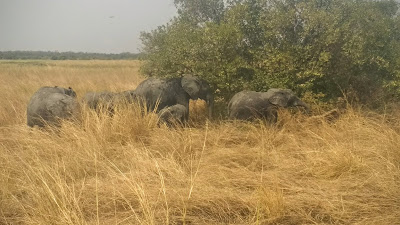

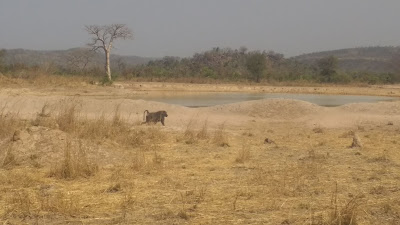









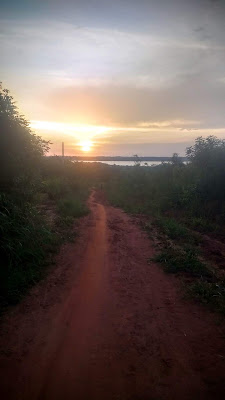
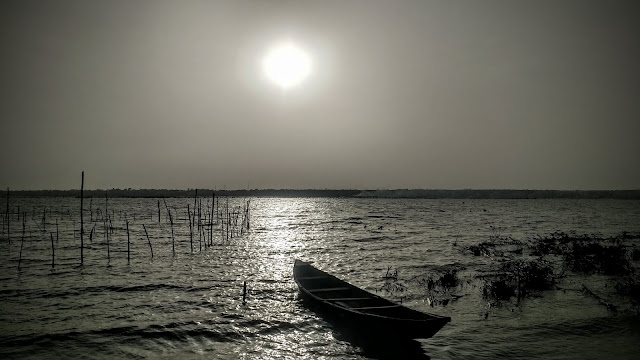
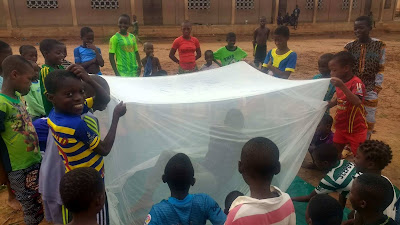
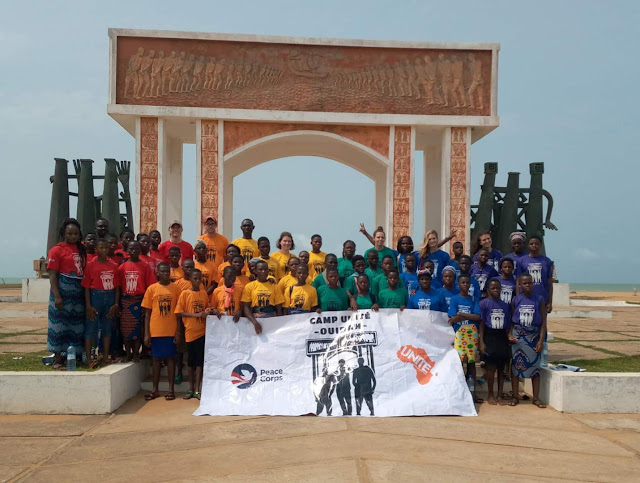
Comments
Post a Comment